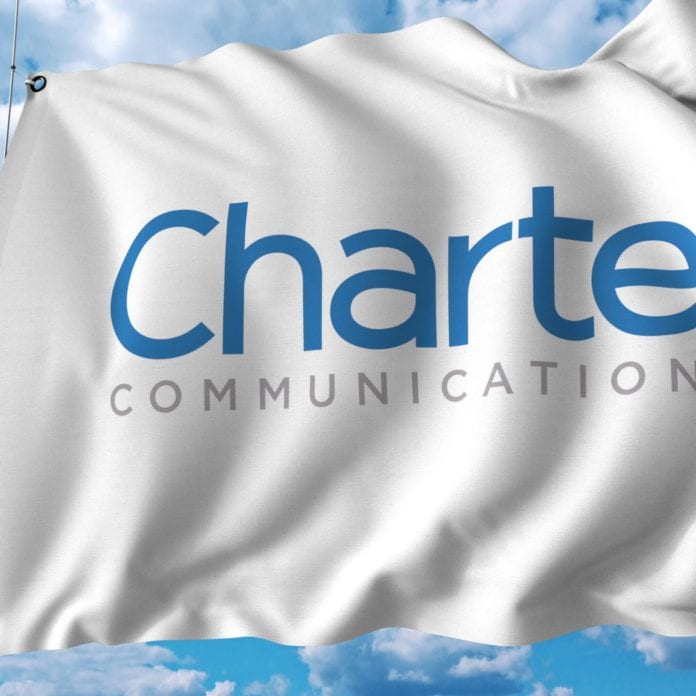The U.S. cable operator has recently launched a mobile service offering via Verizon’s network infrastructure
U.S. cable operator Charter Communications announced plans to expand LTE small cells trials to Los Angeles and New York City within the next few months, Craig Cowden, SVP of Wireless Technology said.
“The next step in our mobile evolution will be to deploy LTE licensed small cells and then 4G LTE and 5G wireless access technologies and integrate them with our existing infrastructure. We are conducting extensive trials using small cells in Tampa, Florida and Charlotte, North Carolina. These trials will inform how we will leverage these innovative technologies to improve our wireless products,” the executive said.
The announcement was made during Cowden’s remarks for the Senate Committee on Commerce, Science, and Transportation, which held a hearing titled “The Race to 5G: Exploring Spectrum Needs to Maintain U.S. Global Leadership.”
Last month, Charter Communications had launched mobile services through a mobile virtual network operator (MVNO) scheme. Charter is currently Verizon’s wireless network together with its own Wi-Fi network to offer mobile services.
“We also have been exploring how 5G and other new wireless technologies can be used to deliver significantly improved broadband services to homes and businesses small and large,” Cowden said.
For over a year, Charter has been carrying out tests using spectrum in the 28 GHz band, in Orlando, Florida; Bakersfield and Los Angeles, California; Reno, Nevada; Clarksville, Tennessee; Columbus, Ohio; and Grand Rapids, Michigan. “The results to date have been promising and we are continuing to test how we can use this high-band 5G spectrum in conjunction with our fiber network to cost-effectively deliver 5G services to homes and businesses for things like multiplayer AR/VR interactive gaming, multiple simultaneous 4Kquality video streaming, and “Desktop-as-a-Service” models that push compute functions to the network cloud but require large bandwidth and low latency.”
Cowden also highlighted that Charter has also been testing fixed wireless technologies in the 3.5 GHz bands in locations near Lexington, Kentucky; Bakersfield, California; Tampa, Florida; Denver, Colorado and Coldwater, Michigan. “We believe this lower-frequency spectrum could be used to extend the reach of our network and provide cost-effective, wireline-like connectivity to less densely populated areas,” the executive said.
He also said that Charter plans to continue its investigation of fixed wireless solutions using 3.5 GHz to expand rural broadband.
Commenting on the benefits of the 3.5GHz band, Cowden said that it offers great potential for unlicensed use or General Authorized Access. “We have encouraged the FCC to make the unlicensed part of the band available quickly and to adopt licensing rules that preserve an innovative approach to spectrum sharing in the band. This will encourage efficient use of that spectrum, lower barriers to entry for new competitors, and promote rural broadband deployment,” the executive said.

